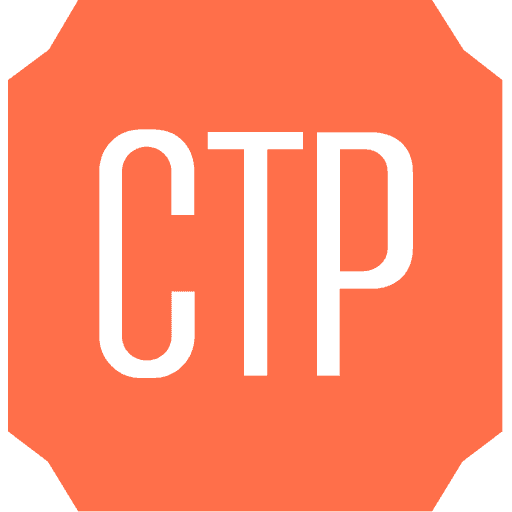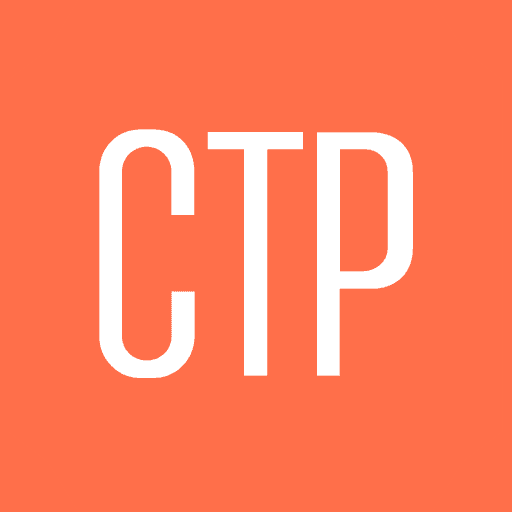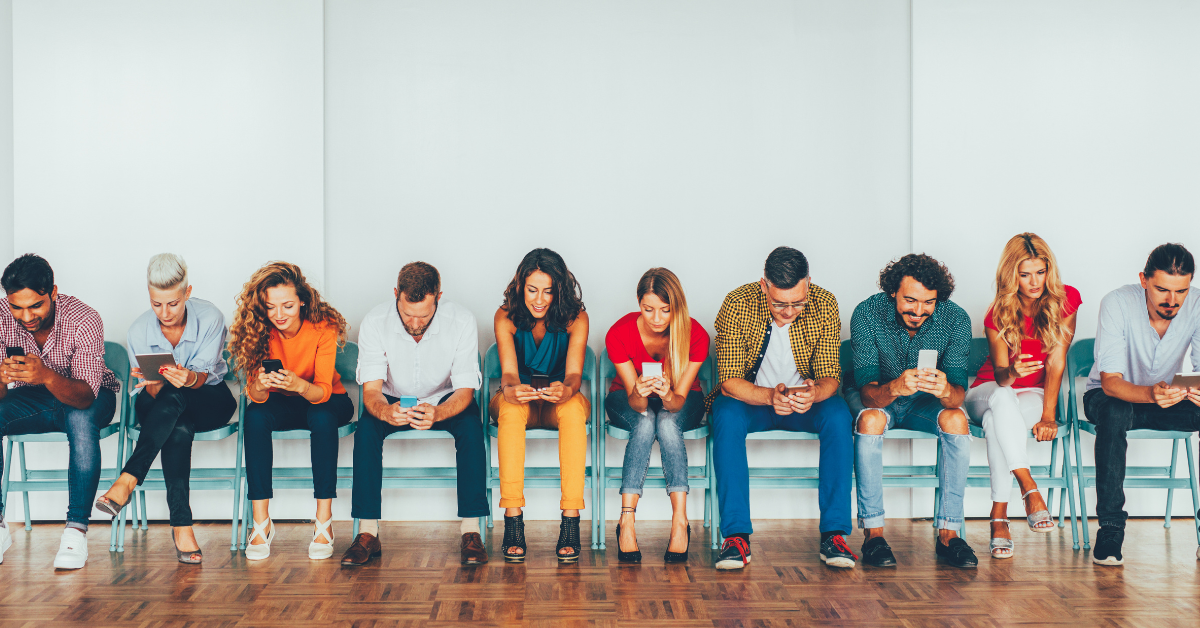Pinterest jumped from 1.68M users in September 2011 to 7.21M users in December 2011. That’s a 429% increase, during the season you’d think most people are too busy holiday shopping and traveling to discover a new social platform. Last week, Pinterest crossed the 10 million unique monthly U.S. visitors threshold faster than any other standalone site in history.
So what’s the big draw, and why add Pinterest to your laundry list of sites to visit regularly? Think virtual scrapbook, with an aspirational element. Each pin-filled board visually reflects a user’s interests, passions, dreams–style boards, food boards, fitness boards, vacation boards, DIY boards, even dream wedding boards. So many dream wedding boards in fact that a reporter recently put a request out on HARO looking for “girls to talk to me about why they have “dream wedding” boards on Pinterest when they are single/not engaged.”
It’s a platform based purely on images, and the personal reactions and emotions that accompany those images. Add the option to follow a user’s boards, like or repin an image on to your own board, comment on a pin, and suddenly, much to a pinner’s surprise, you’re part of a very personal social network. In its infancy, the site made Time’s list of the 50 Best Websites of 2011.
Many brands have joined the Facebook, Twitter and Google+ bandwagons, but should they start pinning? Will this be a short-lived platform, plagued by social network fatigue? I think there’s significant opportunity for visual consumer brands to leverage Pinterest and connect with their customers on an unobtrusive, yet very emotional level. A recent study revealed that referral traffic from Pinterest in January exceeded Google+, LinkedIn and YouTube, and followed right on the heels of Twitter and Google.
Brands that have seized Pinterest early and established large followings include Whole Foods, Real Simple and Kate Spade. Each brand’s Pinterest presence pushes the envelope on its brand’s persona, with aspirational boards not directly related to its product line that deepen the connection with the consumer in a friendly, unassuming way. Unlike Twitter and Facebook, brands aren’t selling product or pushing deals on to their followers. Instead, they’re simply sharing and connecting.
Will the 10+ million soon tire of pinning photos that catch their eye? Perhaps. But I see some real staying power behind Pinterest, largely because I see similarities to Facebook, in that very visual, personal branding, connective way. Pin/post, follow/friend, repin/like. Start pinning, because if the upward trend continues, the site’s growing influence in social commerce has the potential to impact your business.




